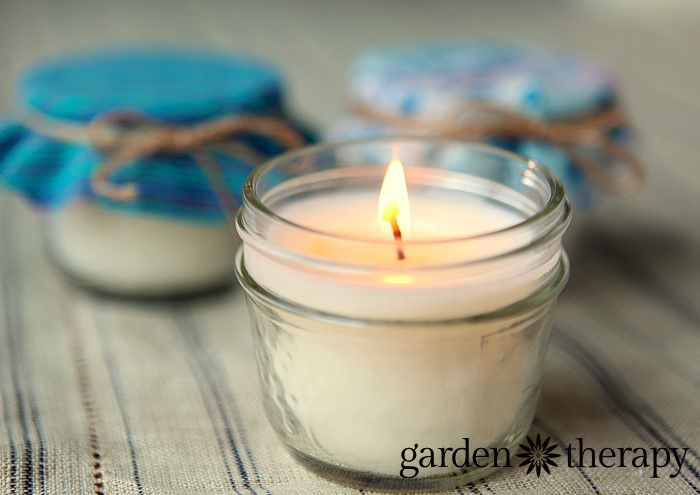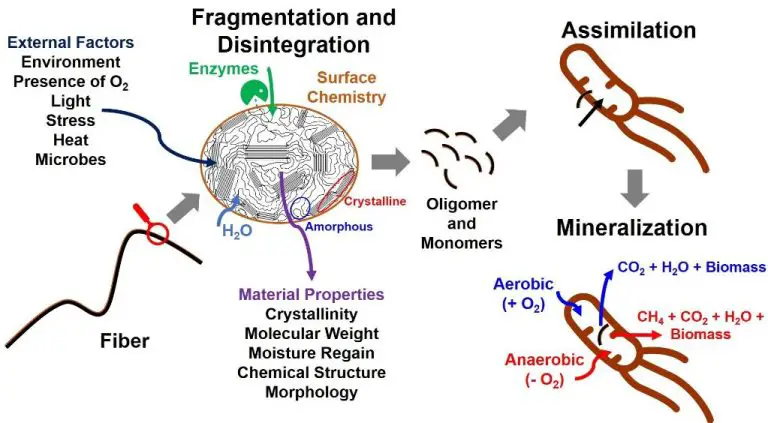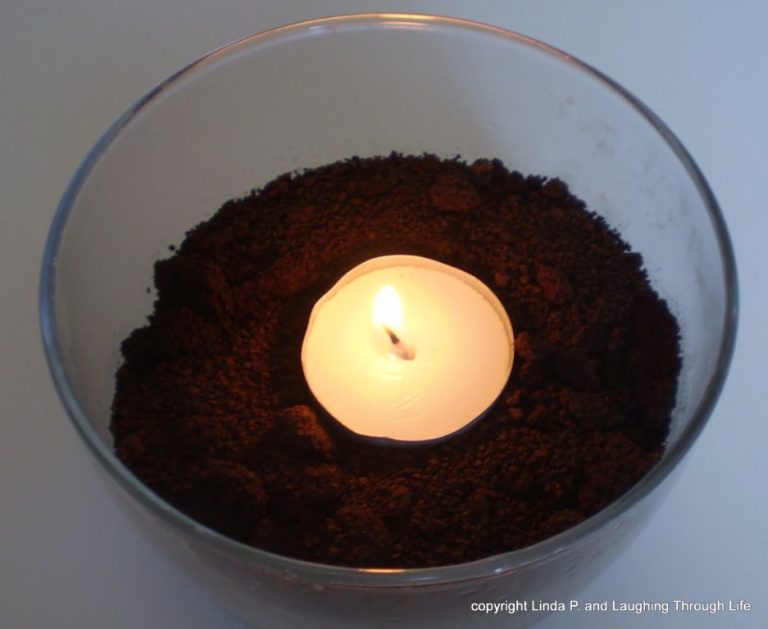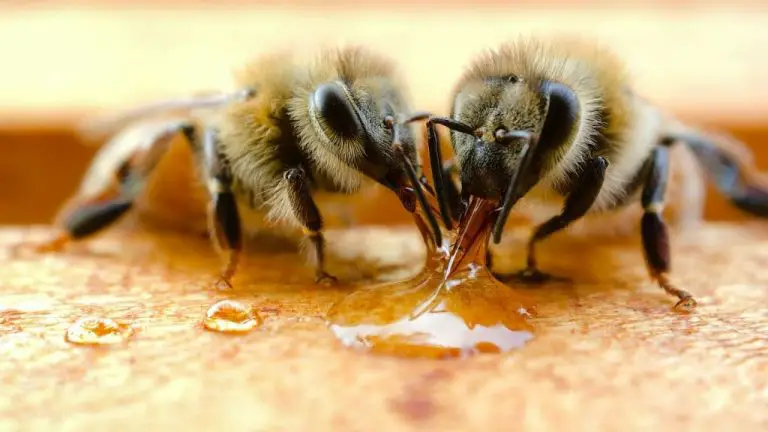Which Candle Wax Is Non-Toxic?
Candle making dates back thousands of years, with early candles made from animal fat or beeswax. The use of paraffin wax became popular in the mid-1800s as a cheaper alternative to beeswax. Today, there are several types of wax used in candle making, including paraffin, beeswax, soy wax, gel wax, coconut wax and palm wax.
There has been increasing concern in recent years over the toxicity of some candle waxes, especially paraffin wax. Some studies have linked paraffin wax candles to negative health effects when burned due to the chemicals released. This has led many candle buyers to seek out non-toxic candle wax options.
In this article, we will provide an overview of the most common candle wax types and discuss toxicity concerns. We will examine which waxes are considered non-toxic options for candle making and provide recommendations for selecting safe, clean-burning candles.
Beeswax
Beeswax is a natural wax made from honeycomb. It has become popular for candlemaking due to its natural, non-toxic properties. Beeswax candles do not release harmful toxins into the air when burned like paraffin wax candles often do (source).
Beeswax candles have some benefits compared to other candle waxes. Since beeswax is natural, it does not release VOCs, carcinogens, or other toxins when burned. The honey scent from beeswax can also provide a pleasant aroma. The honeycomb structure allows beeswax to burn brighter and cleaner than other waxes (source).
However, beeswax candles also have some drawbacks. They can be more expensive than other candle waxes since beeswax is collected in smaller quantities. Beeswax candles also burn more quickly, requiring more frequent trimming of the wick. Proper wick length is important for clean burning. There are also some concerns around sustainability and ethics in commercial beekeeping practices.
Soy Wax
Soy wax is made from soybeans. It’s considered a non-toxic, renewable resource since it comes from plants. Many people prefer soy candles because they are perceived as more natural and environmentally-friendly than petroleum-based paraffin wax.
Some benefits of soy wax candles include:
- Made from a sustainable crop
- Biodegradable and compostable
- Burns slower and cleaner than paraffin
- Naturally hard, no additives needed
However, there are also some drawbacks to soy wax:
- More expensive than paraffin wax
- Can produce more soot
- Scent doesn’t cling as well as with paraffin
- Prone to frosting and sweating
While soy wax is considered non-toxic, people with soy allergies may want to avoid soy-based candles. It’s important to note that no candle wax is completely zero-risk, so proper burning practices should always be followed.
Paraffin Wax
Paraffin wax is made from petroleum (crude oil). When paraffin wax candles are burned, they release compounds like toluene, benzene and acetone which are known carcinogens according to CNN researchers at South Carolina State University (https://happywax.com/blogs/from-the-blog/7-health-issues-caused-by-paraffin-wax). These toxic fumes can be harmful to breathe in. However, paraffin wax itself is not poisonous according to Lonestar Candle Supply (https://lonestarcandlesupply.com/soy-vs-paraffin/).
While paraffin wax candles release concerning compounds when burned, the wax itself is inexpensive and readily available. Paraffin wax is a byproduct of the petroleum industry so large quantities are easily produced. This makes paraffin very affordable compared to natural waxes. However the potential health risks from the fumes should be considered.
Gel Wax
Gel wax is not actually a true wax, but instead uses thickened oils to achieve a wax-like consistency. Common oils used in gel wax include mineral oil, vegetable oil, and paraffin oil.1 The oil is combined with a polymer resin that helps thicken it into a gel.
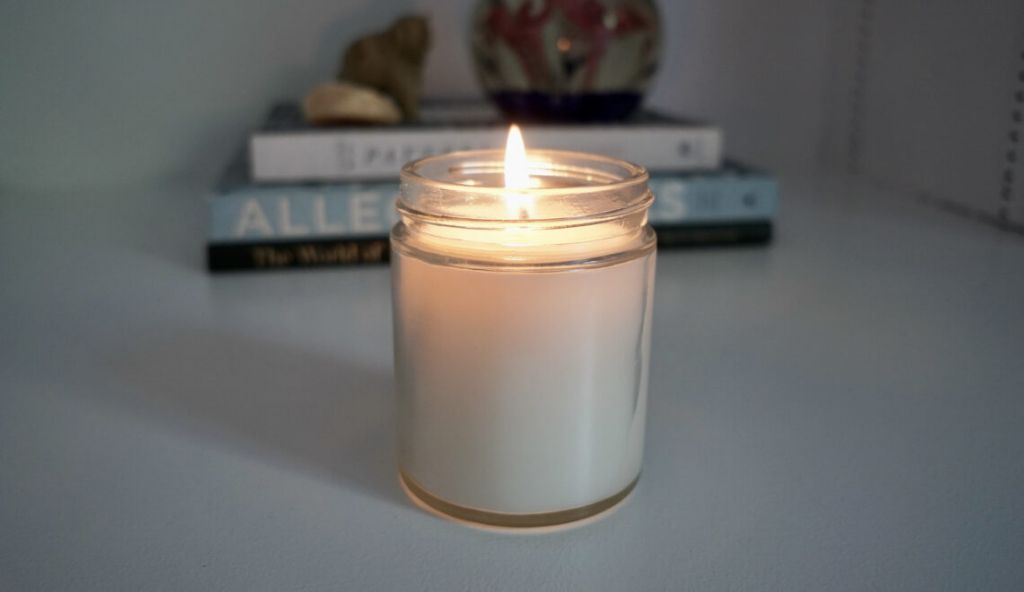
The toxicity of gel wax depends on the oil source. Mineral oil is derived from petroleum and can release potentially harmful volatile organic compounds when burned. Vegetable oils are typically safer, though the plants they are extracted from could be treated with pesticides.
In terms of burn properties, gel wax candles tend to burn cleaner and with less soot compared to paraffin. However, the wax can lose opacity and become transparent as the candle burns down. The thicker consistency of gel wax also means the melt pool is more defined versus paraffin which melts more evenly.2 Proper wick sizing is important for gel wax to prevent tunneling.
Coconut Wax
Coconut wax is made from coconut oil. It has natural, non-toxic properties that make it a popular choice for candle making. Coconut wax is praised for its scent throw and excellent burn quality. It also retains fragrances very well.
The natural structure of coconut wax gives it a crystalline texture that allows for easy release of scent as the candle burns. Coconut wax also has a high oil content which contributes to its strong scent throw. Additionally, coconut wax burns cooler than other waxes so fragrances are not destroyed by high temperatures when the candle is lit (source).
Since coconut wax is made from coconuts, it is biodegradable and considered very environmentally friendly. Coconut wax candles are non-toxic and burn cleaner than paraffin candles because coconut wax emits no smoke and is soot-free (source).
A drawback of coconut wax is that it is harder to work with than other waxes. It requires precise pouring temperatures and proper wick sizing in order to achieve an ideal burn. Coconut wax also does not adhere well to container walls which can lead to issues with adhesion of labels and outer coatings.
Palm Wax
Palm wax is made from palm oil, which comes from the fruit of palm trees. It became popular as a candle wax due to concerns over paraffin and soy waxes. Palm wax is often sustainably sourced from plantations with ethical practices. The Roundtable on Sustainable Palm Oil (RSPO) certifies sustainably sourced palm wax. Look for RSPO certifications when buying palm wax candles.
Benefits of palm wax include its clean burn, high melting point, and natural scent. Since it’s harder than soy wax, palm wax makes good pillar candles. It’s also inexpensive compared to beeswax. Drawbacks are that palm wax isn’t as eco-friendly as perceived if not sustainably sourced. Cutting down rainforests for palm plantations damages habitats. However, RSPO-certified palm wax comes from sustainable sources that don’t contribute to deforestation.
Overall, palm wax can be an eco-friendly option for non-toxic candles if properly sourced. RSPO certification ensures the palm oil is sustainably harvested without harming the environment. When buying palm wax candles, look for ones with an RSPO certification.
Testing for Toxicity
When candles are burned, they release volatile organic compounds (VOCs) into the air. Some VOCs like benzene and toluene are known carcinogens and toxicants. Testing candles in a lab setting allows researchers to identify and measure the VOCs emitted when different candle waxes are burned.
Intertek, an inspection, product testing and certification company, offers candle testing services to identify VOCs like benzene, toluene, and styrene released when burning candles made with paraffin, soy, gel, beeswax and other waxes. They test candles according to ASTM standards to ensure safety and compliance.
One key standard is ASTM E1168, which measures the emission of airborne chemicals like benzene, toluene, styrene when burning a candle. Testing per this standard allows manufacturers to identify and minimize the release of harmful VOCs.
Other testing standards like ASTM F2326 look at lead content in candle wicks, while ASTM F2417 focuses on flame height and resistance to extinguishing of candle wicks. Together, these tests help evaluate toxicity and safety.
Lab testing combined with studies on emissions like the Okometric study on candle wax emissions allow consumers to make informed choices and identify non-toxic candle options.
Making Non-Toxic Candles
When making non-toxic candles at home, it’s important to choose the right wax, wicks, and additives. Easiest Way to Make Candles- Non Toxic and Natural recommends using natural soy wax or beeswax, as these are non-toxic options. Cotton wicks should be used, as many commercial wicks contain toxic chemicals. Avoid additives like synthetic fragrances and dyes, which can release volatile organic compounds when burned. Instead, use natural essential oils for fragrance. With the right ingredients, you can easily make safe, non-toxic candles at home.
Conclusion
In summary, there are several natural wax options to consider when looking for a non-toxic candle wax. Beeswax and soy wax are two of the most popular choices, as they are renewable and burn cleanly. Coconut wax and palm wax are other plant-based alternatives, though palm wax in particular raises some sustainability concerns. Paraffin wax, derived from petroleum, is not an ideal choice from a health or environmental standpoint despite being commonly used. Gel wax, a mineral oil-based hybrid, also contains concerning ingredients. When selecting candle wax, carefully research the pros and cons of each option.
Making informed choices about candle ingredients is important, as burning a wax can release toxins into the air. Seek out candles made from natural, non-toxic waxes, or learn to make your own candles at home. As consumers become more aware of health and sustainability impacts, the market for eco-friendly candle wax will likely continue to grow.
In the future, new plant-based and biodegradable waxes may be developed to replace paraffin. Innovation around renewable materials could make candle making even more sustainable. However, there are good non-toxic options available today with some research. By choosing natural waxes, consumers can reduce their exposure to harmful chemicals and support more ecologically responsible production.

